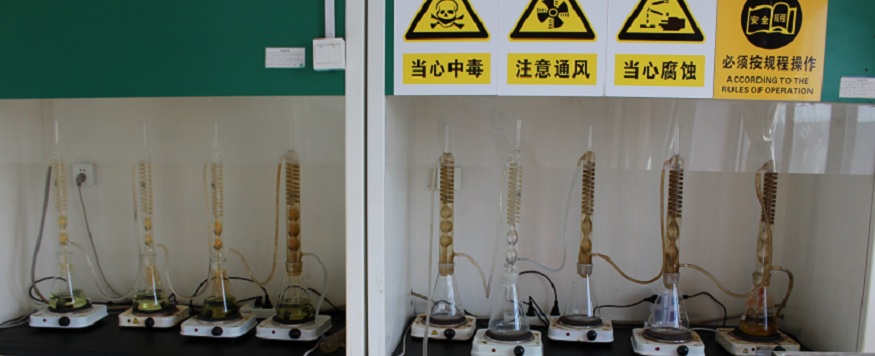corrosion test![]()
Valve detection![]()
Metallographic analysis![]()
component analysis![]()
Mechanical test![]()
failure analysis![]()
Nondestructive flaw detection![]()


Intergranular corrosion is a kind of common local corrosion of metal corrosion. The corrosion starts from the metal surface and develops along the grain boundary to the inside of the grain, which greatly weakens the binding force between the grains and reduces the strength of the material. In serious cases, it can completely lose the mechanical strength of the material. It is one of the most harmful forms of local corrosion. After intergranular corrosion, there is no obvious change in appearance, but the strength has been completely lost, which will cause sudden damage to the equipment. Therefore, it is very important to study the mechanism of intergranular corrosion and take effective protective measures for national economic construction. Causes of intergranular corrosion 1. Medium causing grain boundary corrosion of austenitic stainless steel; 2. In the potential area where intergranular corrosion can occur, whether intergranular corrosion occurs to stainless steel and the degree of corrosion are always determined according to the thermal performance of steel; 3. Intergranular corrosion of austenitic stainless steel is mainly caused by poor command of alloy elements at grain boundary; 4. Another factor affecting intergranular corrosion is carbon. The higher the carbon content in steel, the greater the diffusion tendency of carbon to grain boundary, the more serious the intergranular corrosion tendency. 5. Electrochemical conditions for intergranular corrosion: ① the structure of grain and grain boundary area is different, so there are significant differences in electrochemical properties. The grain boundary is anode, the grain is cathode, and the potential difference between two poles is different, which is the internal cause of intergranular corrosion; ② corrosion is related to the stress and the inhomogeneity between grain boundaries, and the difference between grain and grain boundary must be under certain conditions and It can only be exposed at ambient temperature.